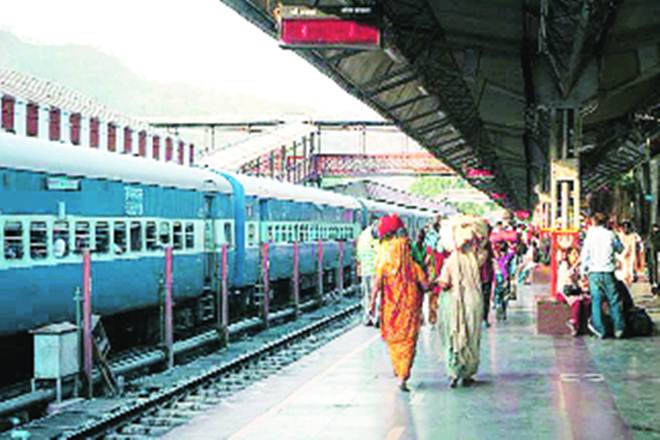Several railway stations in the country will soon have their own jingles to greet passengers and customised selfie points as the ministry of railways is planning ‘soft development’ of these stations at its own cost, even as its ambitious large-scale stations revamp programme, involving private parties, is yet to take final shape.
In a recent letter to general managers of railway zones, Railway Board chairman Ashwani Lohani asked them to take up the facelift plan for as many as 70 stations, with the help of divisional railway managers (DRMs) under them. The emphasis, the GMs are told, must be on “having a visible change” of the station premises without “unnecessary construction all over.” The average cost of the facelift per station is to be restricted to `15-20 crore and the GMs have been instructed to monitor the time lines of the project preparation and execution.
Under the soft development programme, facades of railway stations will be improved and parking spaces and passenger flows will be streamlined.
Though about 600 stations have been identified for re-development and are to be assigned to Indian Railway Stations Development Corporation (IRSDC) soon for this purpose, “as a parallel measure, it has been decided to develop about 70 stations through zonal railways separately”, Lohani wrote. The station redevelopment will be done by developers who will be chosen through a tendering process by IRSDC once the Cabinet gives approval. The proposal to appoint IRSDC as the nodal agency is likely to be considered by the Cabinet this week.
As for the soft development, DRMs will first seek help of consultants for architectural plans and then take feedback from local stakeholders. A master plan, with cost estimates, will then be prepared and sent to the Railway Board by March 31, 2018 for approval. The Board will then clear the plan within seven days and special teams from the Board will work closely with the DRMs for timely execution of plans, a source said.
The work on the stations have to be completed by December this year and proposals should only include works which can be executed by then. At larger stations, directors will be nodal officer for execution of the project and at smaller ones, without directors, an young officer from any discipline will be appointed as the nodal officer.


